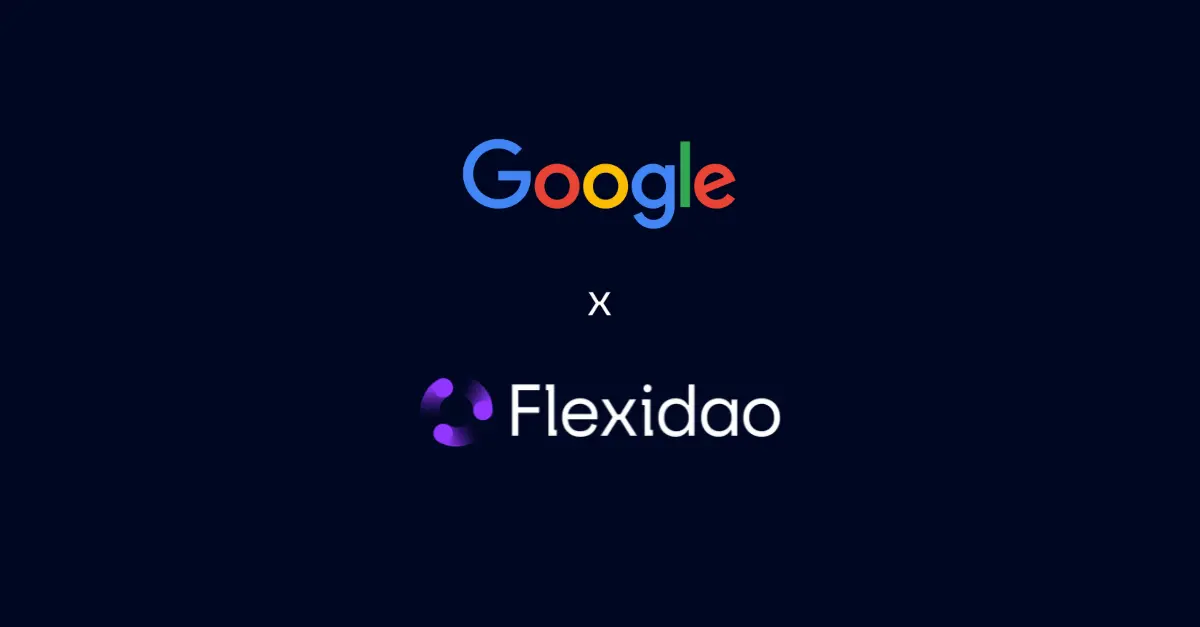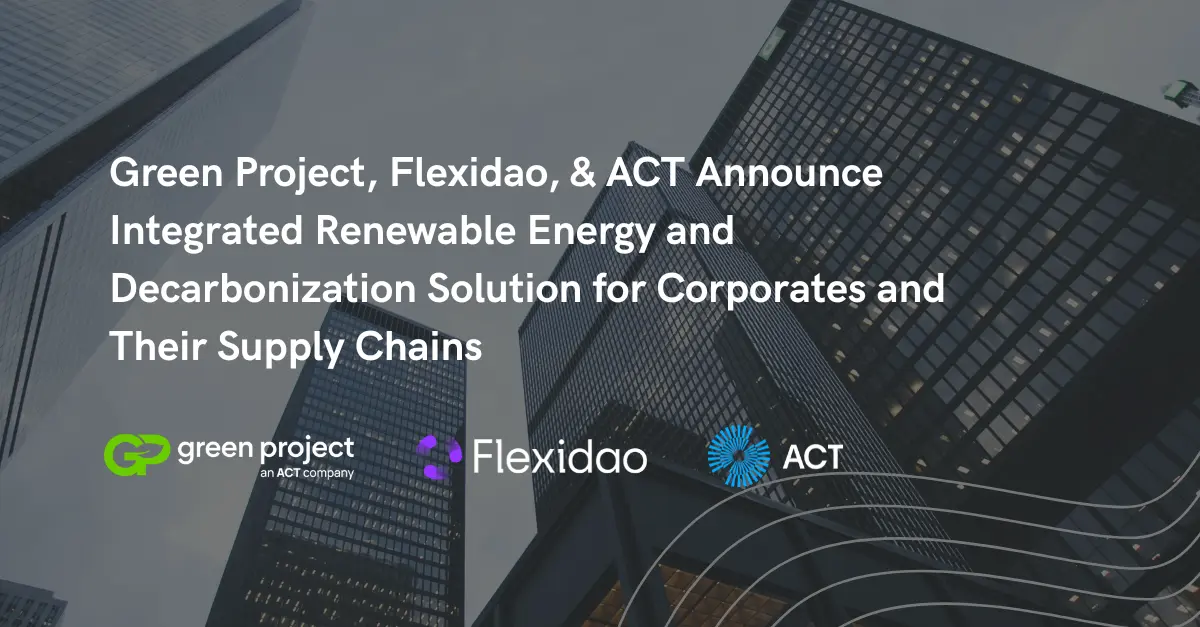The Market outlook for Renewable Energy Certificates
The Market outlook for Renewable Energy Certificates
Discover More About Renewable Energy Certificates (RECs), their market trends, price history, and efficient management strategies.
Demand for REC renewable energy certificates is growing, underpinned by the global appetite for clean energy, with over 55GW of clean power procured last year.
Corporate buyer demand is driven by several key factors like the introduction of mandatory sustainability reporting standards (i.e. US Securities and Exchange Commission or EU Corporate Sustainability Reporting Directive), the pursuit of RE100 targets, expanding focus on supply chain sustainability, and broadening interest in green procurement.
While REC Renewable Energy Certificates have become an important tool for companies to demonstrate their commitment to clean energy, stricter sustainability reporting requirements can have an impact on their usefulness as a tool for energy buyers to validate clean energy claims. Recent data reveals an increasing amount of rejected claims by RE100, highlighting the need for buyers to improve their REC tracking, management and purchasing practices.
This blog explains what RECs are, why there is a growing demand for them and ever increasing scrutiny, and how energy buyers can ensure they are effectively managing their RECs.
How Do Renewable Energy Certificates Work?
Renewable Energy Certificates (RECs) are market-based instruments that certify the generation of 1 megawatt-hour (MWh) of electricity from renewable sources, such as wind, solar, or hydroelectric power, and its injection into the power grid. Energy buyers can purchase RECs to support and claim their use of renewable energy. These certificates can be acquired alongside physical electricity (bundled) or separately (unbundled) from the actual power purchase. In sustainability reporting, companies must demonstrate that they have purchased and canceled a sufficient number of RECs to match their electricity consumption. This process allows them to claim that they are supplied by 100% renewable electricity.
Reasons for Growing Renewable Energy Certificate Demand
RECs are increasingly being bought by large corporations and energy buyers, as a number of other factors drive their demand.
- Introduction of mandatory sustainability reporting standards
Mandatory reporting standards coming into play this year means more businesses than ever before will need to report on their emissions.
US regulators have mandated climate-related disclosures for public companies. This phased rule requires initial reporting of climate risks within annual reports starting November last year. Companies must now report on greenhouse gas emissions, climate risks, and the impact of climate change on their overall business strategy and financial performance. This aligns with similar regulations in the EU, emphasizing the growing importance of sustainability in business.
A broader set of large companies, as well as listed SMEs, will now be required to report on sustainability. Some non-EU companies will also have to report if they generate over EUR 150 million on the EU market.
The new rules will ensure that investors and other stakeholders have access to the information they need to assess the impact of companies on people and the environment and for investors to assess financial risks and opportunities arising from climate change and other sustainability issues. The first companies will have to apply the new rules for the first time in the 2024 financial year, for reports published in 2025.
- The pursuit of RE100 targets
Led by Climate Group, RE100 is a global corporate renewable energy initiative bringing together hundreds of large businesses committed to 100% renewable electricity. Over 400 businesses are signed up as members, and complete a sustainability disclosure each year via the Carbon Disclosure Project (CDP).
- Expanding focus on supply chain sustainability
Larger companies are putting greater scrutiny on who they work with, what the sustainability credentials of those companies are. Starting this year, Amazon is taking proactive steps by updating its Supply Chain Standards that will mandate regular reporting of emissions data and set ambitious reduction goals. Meeting sustainability criteria is now essential for securing partnerships with large corporations that have clear sustainability demands.
- Broadening interest in green procurement
Historically it has been companies situated in Europe and the Us that are signing up to voluntary schemes like RE100, but we are seeing this change and grow. The latest RE100 Disclosure scheme report showed that of the top 10 largest electricity consuming companies that joined RE100 since the previous annual report, seven are headquartered in South Korea, with the other three being based in Japan.
The Future Outlook for Renewable Energy Certificates
While REC Renewable Energy Certificates have been a popular tool for companies to demonstrate their commitment to clean energy, sustainability standards have become increasingly stringent over the years. Recent data reveals an increasing amount of rejected claims by RE100, highlighting the need for more rigorous verification processes and supplementary evidence to substantiate renewable energy sourcing.
21% of renewable energy claims could not be recognised by RE100 last year. This number was even more drastic for high performing companies (companies who self-report that their total operations are being supplied by over 90% renewable electricity). Out of this group of companies, 32% of claims were rejected by RE100. Overall, this was a 40% growth in rejected claims on the year before.
To maintain credibility, organizations need to effectively manage their RECs so they have clear oversight of if they have enough to account for the volumes of renewable energy they are procuring and where their RECs are coming from.
Managing Renewable Energy Certificates Efficiently
To maintain credibility, organizations need to do more than purchase RECs. They must effectively manage their REC portfolios, validate renewable energy claims, and comply with evolving regulations. However, nine out of 10 companies today with public renewable energy targets don’t possess the right infrastructure to manage and monitor their REC portfolio effectively. Instead, they rely on generalist ERPs, spreadsheets, and manual data exchanges.
Without specialized solutions, managing RECs can prove challenging for many organizations. Manual data exchanges and processes are time-consuming and can lead to inefficiencies, errors, as well as increased noncompliance risks. Digital tools like Flexidao’s can help bridge the gap by providing a tailored, centralized platform for enhanced REC management. This solution in particular enables organizations to:
- Track progress and scope 2 KPIs
By comparing REC data against energy consumption metrics, organizations can effectively track if they have enough certificates to validate their renewable energy claims.This ensures progress towards renewable energy goals and allows for easy calculation of Scope 2 emissions. Tracking clean energy data on one digital platform ensures greater oversight, supporting better decision-making and guaranteeing compliance with sustainability reporting frameworks such as RE100.
- Optimize REC allocation for reporting initiatives
It is within your company’s interests to have the best sustainability results for either your internal reporting on clean electricity consumption, or for public disclosure schemes like CDP and RE100. This can be achieved by ensuring your RECs are allocated across your countries of operation in the way that gives the lowest possible market-based emission score while still following your internal targets and strategy. However, manually allocating your RECs to achieve this using spreadsheets takes up a lot of time and is complex to carry out. Our tool automatically calculates and assigns RECs according to RE100, CDP or your own internal criteria. This means that without having to do any complicated calculations, you can ensure you are reporting your best possible sustainability results. Once you have assigned certificates to consumption, you can download a CSV with all the assignation and links to the proofs of each, which significantly reduces the amount of time auditors need to spend in the auditing process.
- Facilitate full auditor disclosure
Our centralized platform streamlines the audit process by providing immediate access to comprehensive REC data. Automation eliminates the need for manual data collection, which in turn, cuts down the time and effort required for auditors to gather the necessary information. Besides that, having widespread data collection abilities across the globe further accelerates data retrieval and analysis, ensuring audit transparency.
How Flexidao Can Help
Flexidao consolidates all your global electricity data in one place. As a result, your organization gains a clear view of REC portfolio performance through our comprehensive dashboards and reports. These insights allow you to keep an accurate inventory of your REC volumes, track key details for effective reporting like commissioning dates and which market the RECs come from, and identify any gaps where you need more RECs for valid reporting.
Looking to transform the way you manage your RECs? Get in touch with our experts today.


.webp)





